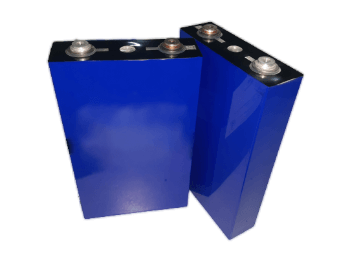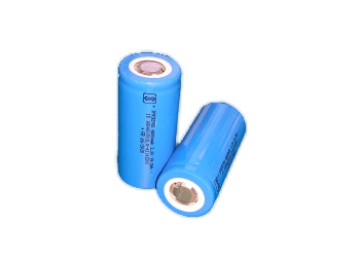
Lithium Batteries
Home » Products » Lithium Batteries »



Lithium Ion Phosphate - Cylindrical
Lithium iron phosphate battery (LiFePO4 battery) can last significantly longer than standard lithium-ion variety. These batteries are also practically maintenance-free and offer some mitigating factors that make them more environmentally friendly. LiFePO4 batteries are highly unlikely to overheat or worse - catch fire, even if they are overcharged.
The most popular type of battery in use today, cylindrical cells are a less expensive option for electric vehicles, largely because their construction was born out of the consumer battery space. It probably offers the greatest ease in terms of capability. The advantage with the round shape of the battery is that it distributes the internal pressure from side reactions over the cell circumference almost evenly. This allows the cell to tolerate a higher level of internal pressure without deformation. Thermal management is easier the coolant can circulate more easily around the cells within a battery pack.
For detailed information on the range of products, please visit our lithium batteries & energy storage systems website : www.hblbess.com
Lithium Ion Phosphate - Prismatic
Prismatic cells are constructed in a wound or flat plate configuration. Wound prismatic cells are generally constructed by wrapping layers around a bobbin or mandrel, like that of a cylindrical cell. In a flat plate cell, discrete layers are stacked side by side and pressed together or folded. When combining prismatic cells into packs, the cell box-like shape enables optimal use of the available space. Prismatic cells that are designed for automotive applications can have much larger capacities than cylindrical cells.
For detailed information on the range of products, please visit our lithium batteries & energy storage systems website : www.hblbess.com
Lithium Ion Phosphate - Pouch
Pouch cells are fundamentally prismatic cells with flexible polymer coated aluminium packaging instead of a metal can. The individual layers are stacked or folded, packed under vacuum and held together by the pouch. Most of the pouch designs use a gel electrolyte technology, while typical lithium-ion cells used by manufacturers use liquid. A pouch's gel electrolyte has higher resistance but does not have the risk of spilling which a liquid electrolyte does.
For detailed information on the range of products, please visit our lithium batteries & energy storage systems website : www.hblbess.com
Nickel Manganese Cobalt
A cathode combination of nickel-manganese-cobalt (NMC) is one of the most successful lithium-ion battery systems. Due to its quality uniformity and high energy density, NCM batteries have become the most widely used component in the battery industry in total today. These batteries have a higher power rating and energy density as compared to other Lithium batteries. It also offers a wide operating temperature range for both charging and discharging. It comes with a low self-discharge rate.
Each product specification is defined by the battery requirements to be supplied to the customer by HBL. Please contact us for any additional information is required and before selecting a solution.
For detailed information on the range of products, please visit our lithium batteries & energy storage systems website : www.hblbess.com